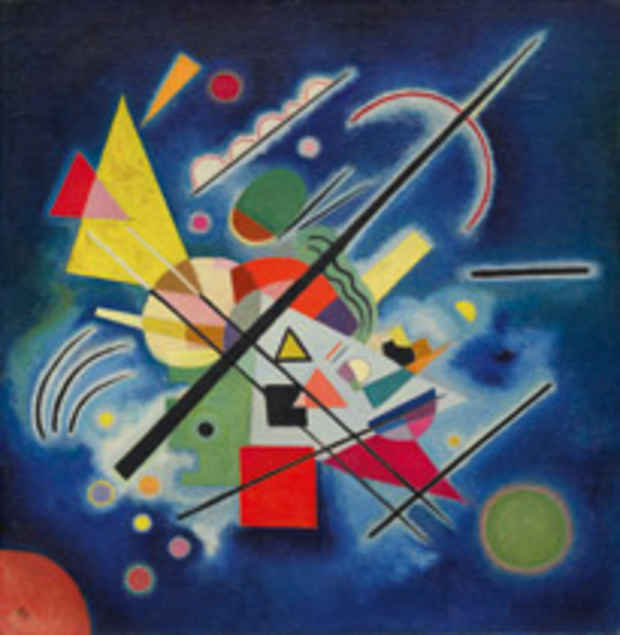Vasily Kandinsky "Kandinsky at the Bauhaus, 1922–1933"
Guggenheim Museum

This event has ended.
In 1922 Vasily Kandinsky (b. 1866, Moscow; d. 1944, Neuilly-sur-Seine, France) accepted a teaching position at the Bauhaus, the state-sponsored Weimar school of art and applied design founded in 1919 by architect Walter Gropius. The school’s curriculum was based on the principle that the crafts were equal to the traditional arts and was organized according to a medieval-style guild system of training under the tutelage of masters. Kandinsky conducted the Wall Painting Workshop and Preliminary Course and taught at all three of the school’s sequential locations in Weimar, Dessau, and Berlin until 1933, when the Bauhaus was closed due to pressure from the National Socialist (Nazi) government.
Geometric shapes came to play a dominant role in Kandinsky’s pictorial vocabulary at the Bauhaus; the artist, who was interested in uncovering a universal aesthetic language, increased his use of overlapping, flat planes and clearly delineated forms. This change was due, in part, to his familiarity with the Suprematist work of Kazimir Malevich and the art of the Constructivists. Kandinsky’s turn toward geometric forms was also likely a testament to the influence of industry and developments in technology.
Drawn from the museum's permanent collection, this intimate presentation features paintings and works on paper from a prolific period of Kandinsky's career. The exhibition is curated by Tracey Bashkoff, Curator of Collections and Exhibitions, and Megan Fontanella, Assistant Curator.
Media
Schedule
from November 01, 2011 to June 01, 2012